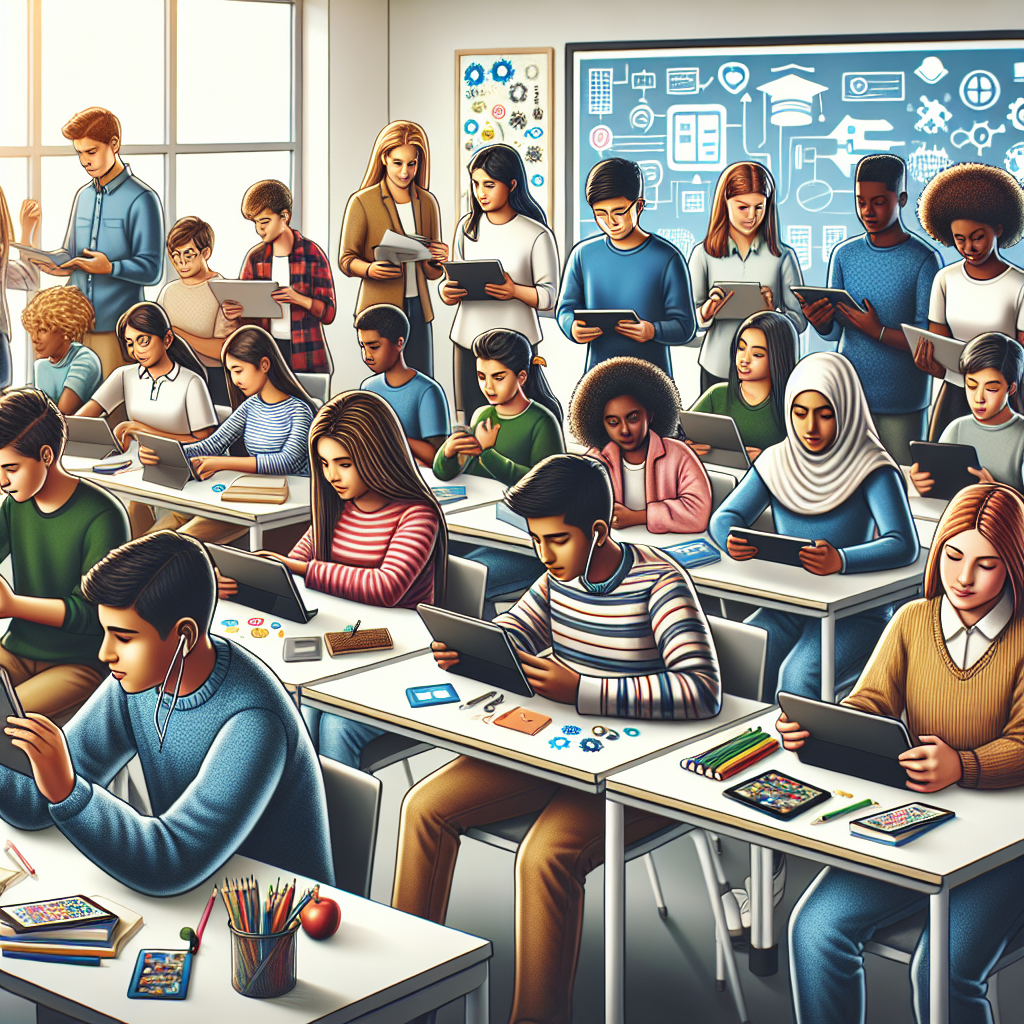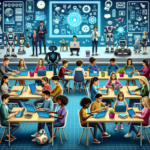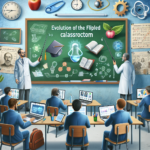Table of Contents
The Impact of Using Learning Applications in the Classroom

Introduction
Technology has become an integral part of our daily lives, transforming various aspects of society, including education. In Indonesia, the use of learning applications in the classroom has gained significant popularity in recent years. These applications offer a wide range of benefits, from enhancing student engagement to improving learning outcomes. This article explores the impact of using learning applications in the classroom and discusses how they contribute to inclusive education in Indonesia.
The Rise of Learning Applications in Indonesian Classrooms
In recent years, there has been a rapid increase in the use of learning applications in Indonesian classrooms. This rise can be attributed to several factors, including the widespread availability of smartphones and tablets, the increasing affordability of internet access, and the government’s push for digital literacy in education.
Learning applications provide a unique opportunity for teachers to engage students in a more interactive and personalized way. These applications offer a wide range of features, such as multimedia content, interactive quizzes, and real-time feedback, which can significantly enhance the learning experience.
Enhancing Student Engagement
One of the key benefits of using learning applications in the classroom is the ability to enhance student engagement. Traditional teaching methods often rely on passive learning, where students are expected to listen and absorb information without actively participating. Learning applications, on the other hand, encourage active learning by providing interactive content and activities.
These applications allow students to explore concepts at their own pace, providing a more personalized learning experience. They can also incorporate gamification elements, such as rewards and leaderboards, which motivate students to actively participate and strive for better performance.
Improving Learning Outcomes
The use of learning applications in the classroom has been shown to improve learning outcomes. Research has consistently demonstrated that students who use learning applications perform better on tests and assessments compared to those who rely solely on traditional teaching methods.
Learning applications provide students with immediate feedback, allowing them to identify and correct their mistakes in real-time. This feedback loop helps students to understand concepts more effectively and retain information for longer periods. Additionally, these applications often offer adaptive learning features, which adjust the difficulty level based on the student’s performance, ensuring that each student is appropriately challenged.
Promoting Inclusive Education
Inclusive education aims to provide equal opportunities for all students, regardless of their abilities or backgrounds. Learning applications play a crucial role in promoting inclusive education in Indonesia by addressing the diverse learning needs of students.
These applications can be customized to accommodate different learning styles and preferences. For example, students with visual impairments can use screen readers or text-to-speech features to access content, while students with hearing impairments can rely on subtitles or sign language videos. By providing these accessibility features, learning applications ensure that all students can actively participate in the learning process.
Furthermore, learning applications can bridge the gap between urban and rural areas in terms of educational resources. In remote areas where access to quality education is limited, learning applications can provide students with access to a wide range of educational materials and resources. This helps to level the playing field and ensure that all students have equal opportunities to learn and succeed.
Challenges and Considerations
While the use of learning applications in the classroom offers numerous benefits, there are also challenges and considerations that need to be addressed. One of the main challenges is the availability of reliable internet access, especially in remote areas. Without a stable internet connection, students may not be able to fully utilize learning applications, limiting their effectiveness.
Another consideration is the need for proper training and support for teachers. Integrating learning applications into the curriculum requires teachers to have a certain level of digital literacy and pedagogical skills. Providing teachers with the necessary training and support is essential to ensure that they can effectively utilize learning applications in the classroom.
Conclusion
The use of learning applications in the classroom has a significant impact on education in Indonesia. These applications enhance student engagement, improve learning outcomes, and promote inclusive education. By leveraging the power of technology, learning applications provide a more interactive and personalized learning experience for students. However, challenges such as internet access and teacher training need to be addressed to fully realize the potential of learning applications in Indonesian classrooms.
In conclusion, the integration of learning applications in the classroom is a positive step towards creating a more inclusive and effective education system in Indonesia. With continued support and investment in technology, learning applications have the potential to revolutionize education and empower students to reach their full potential.




